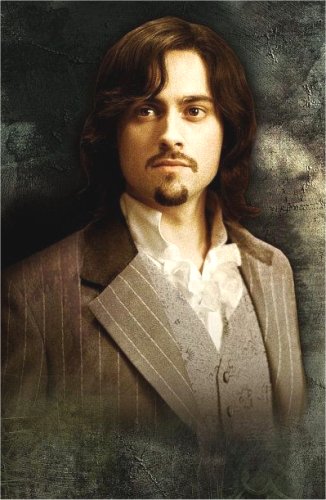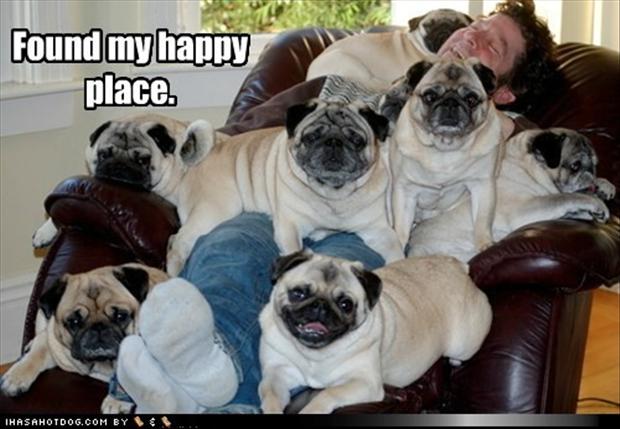 |
| How Dorian Gray looked in The League of Extraordinary Gentlemen |
The takes place in England, and starts out with Basil Hallward a painter and Lord Henry Wotton siting in Hallward's art studio. as they talk Basil is busy looking at a painting of what you later find out is the beautiful Dorian Grey. Wilder seems to be leading the reader to believe that Basil has fallen in love with Gray. As they talk Basil describes how he met Dorian at a party and has quickly become obsessed about him.
The author describes this when he speaks through Basil and says, ""He is all my art to me now," said the painter gravely..."What the invention of oil-painting was to the Venetians, the face of Antinous was to late Greek sculpture, and the face of Dorian Gray will some day be to me." This quote not only describes the story but starts to show Wilder's writing style.
The book is a very vibrant read with amazingly descriptive writing. Every sentence is a picture made of words (see what I did there). even in the unneeded transition sentences amazing descriptions are provided, "Lord Henry elevated his eyebrows and looked at him in amazement through the thin blue wreaths of smoke that curled up in such fanciful whorls from his heavy, opium-tainted cigarette." In this short quote there is so much description, and imagery.
This story will draw any reader in with its amazing use of words, like the deep blue eyes of Dorian Gray have drawn in Basil Hallward.
| Dorian Gray is probably not quite as beautiful as this pug |






